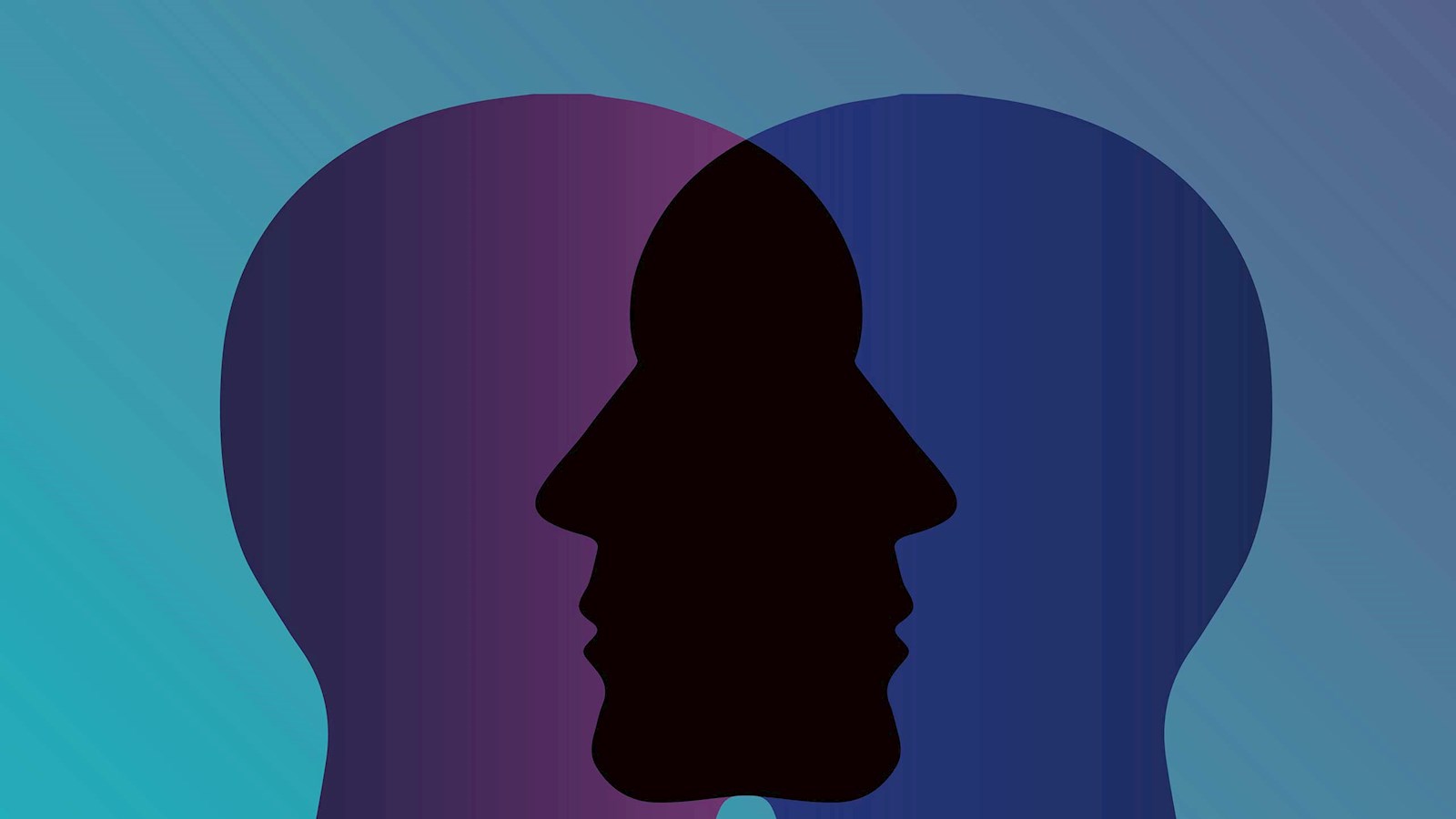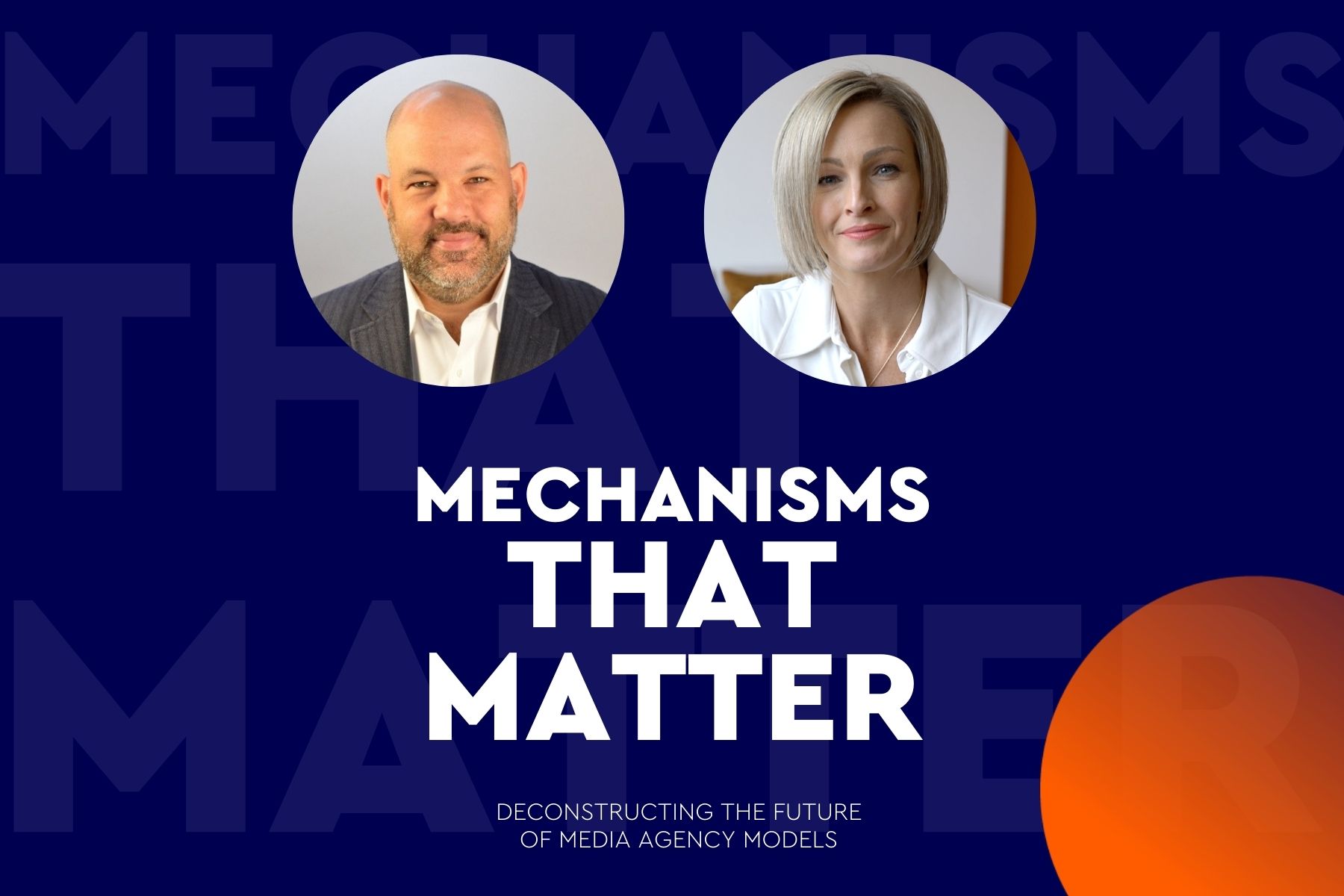
Embracing bi-cultural diversity: fostering workplace connections
Chelsea Breur of WPP's Wavemaker and Julia Rast of Xaxis (GroupM Nexus) explore the dynamic interplay of bi-cultural identity, the concept of home and the power of authenticity as we cultivate a diverse workplace
The term ‘bi-cultural’ indicates having a connection to at least one other culture in addition to the Dutch culture; or dual culture.
The Netherlands is home to many people with roots originating from around the world. People who identify as having dual cultural heritage – whether that be through migrant parents, expatriate experiences, or due to regional relocations within the Netherlands – enrich our societal fabric with an intricate woven interplay between cultural backgrounds.
‘Home at Work’ seeks to raise awareness and celebrate this bi-cultural identity, showcasing the uniqueness of each individual, the significance of authenticity and the impact to work of embracing bi-cultural diversity.
Where do you feel at home?
It's a question that takes on new significance in a work context, especially for individuals with a bi-cultural background. As more than a quarter of the Dutch population has a mixed background, the importance of acknowledging and celebrating this bi-cultural diversity cannot be overstated.
When you've been raised in the embrace of different cultural customs and traditions, the definition and the concept of ‘home’ is not binary. From grandparents’ celebrations to the possessions on display in the home and even the differing content of a person’s fridge; these nuances showcase the vibrant tapestry of diverse backgrounds.
With over 4.7m people having migration backgrounds in the Netherlands (including first and second generations of both Western and non-Western individuals), a bi-cultural background shapes the essence of nearly 26.4% of the population, with similar trends seen in the US (27%) and the UK (16.8%).
Celebrating our people
The modern workplace environment comprises of an array of identities, experiences, and perspectives, some of which may be unseen and unheard. Much like a book's cover doesn't always reveal its contents, someone's exterior often doesn't fully disclose their essence. Unlocking communities within this environment takes on a distinct dimension when considering those with a bi-cultural background.
They say a picture speaks a thousand words and so through a series of photographs, ‘Home at Work’ captures individuals working for WPP in the Netherlands, distilling and showcasing just a fragment of the diversity of our community.
These people hail from all our agencies, ranging from GroupM Nexus to Ogilvy. We asked them where they most feel at home and what from home they bring to work, resulting in 10 unique and authentic photographs. This photographic series took centre stage throughout October, forming an exhibition at the WPP Campus Amsterdam.
Home at Work served several purposes:
- The exhibition launched on Diversity Day in the Netherlands, celebrating bi-cultural diversity and fostering meaningful connections within WPP communities, spotlighting the unique beauty of our colleagues.
- The initiative facilitated learning and acceptance of cultural differences through a special edition of the WPP Curiosity Class.
- It featured prominently during Ad Night, a flagship industry event in the Netherlands.
Embracing authenticity
The advertising industry thrives on authenticity. Authenticity enables connections that are profound, as stories rooted in personal experience can bridge cultural gaps and foster relatability. Everyone is unique. Acknowledging one's unique bi-cultural identity is pivotal in forging a sense of self.
Personal stories make client work in advertising relevant, culturally aware, and therefore unique. Stories grounded in these identities breathe life into client work and into the advertising industry in its entirety. Bi-cultural stories infuse campaigns with a rich medley of experiences, resulting in content that is genuinely relatable and resonant.
These narratives are not just anecdotes; they are the bedrock of authenticity that resonates with diverse audiences. Our bi-cultural team members, drawing from their own lives, have the power to shape campaigns that are not only culturally aware but also emotionally authentic.
By embracing our own identities, we amplify our impact on client work. Home, for bi-cultural individuals, is a mosaic of memories, traditions, and experiences. This emotional connection plays a pivotal role in shaping their interactions within the workplace. When individuals bring their authentic selves to work, they foster a sense of belonging that transcends borders. This, in turn, drives the creation of client work that is rich in cultural insight and relevance.
This is how we unlock communities
The concept of unlocking communities in the workplace evolves into an exquisite symphony when viewed through the lens of bi-cultural diversity.
Our bi-cultural team members bring their unique stories to the forefront, making client work in advertising not just relevant, but also deeply impactful. As workplaces strive to champion the beauty of diverse identities, they will cultivate environments that resonate with the essence of each individual, resulting in creative endeavours that are both compelling and culturally significant.
By celebrating the intricacies of home, personal identity and authenticity, workplaces pave the way for connections that transcend cultural boundaries.
‘Home at Work’ is an initiative from the NL DEI team lead by Julia Rast (Xaxis, GroupM Nexus) and a continuation of the original work: ‘Home’ of Chelsea Breur (Wavemaker) and Stacii Samidin. This work was exhibited in the World Museum in Rotterdam the Netherlands.
published on
30 November 2023
Category
More in Communications

Rebranding cancer: how brands heal and hurt
Along with consumer brands, the ‘brand’ of condition or event influences us.

Mechanisms that Matter – Inside WPP | Ford’s revolutionary marketing model
How a process created on the factory floor over 70 years ago has transformed ops for the auto giant

How to build your brand in-game
A new research report from WPP and SuperAwesome

